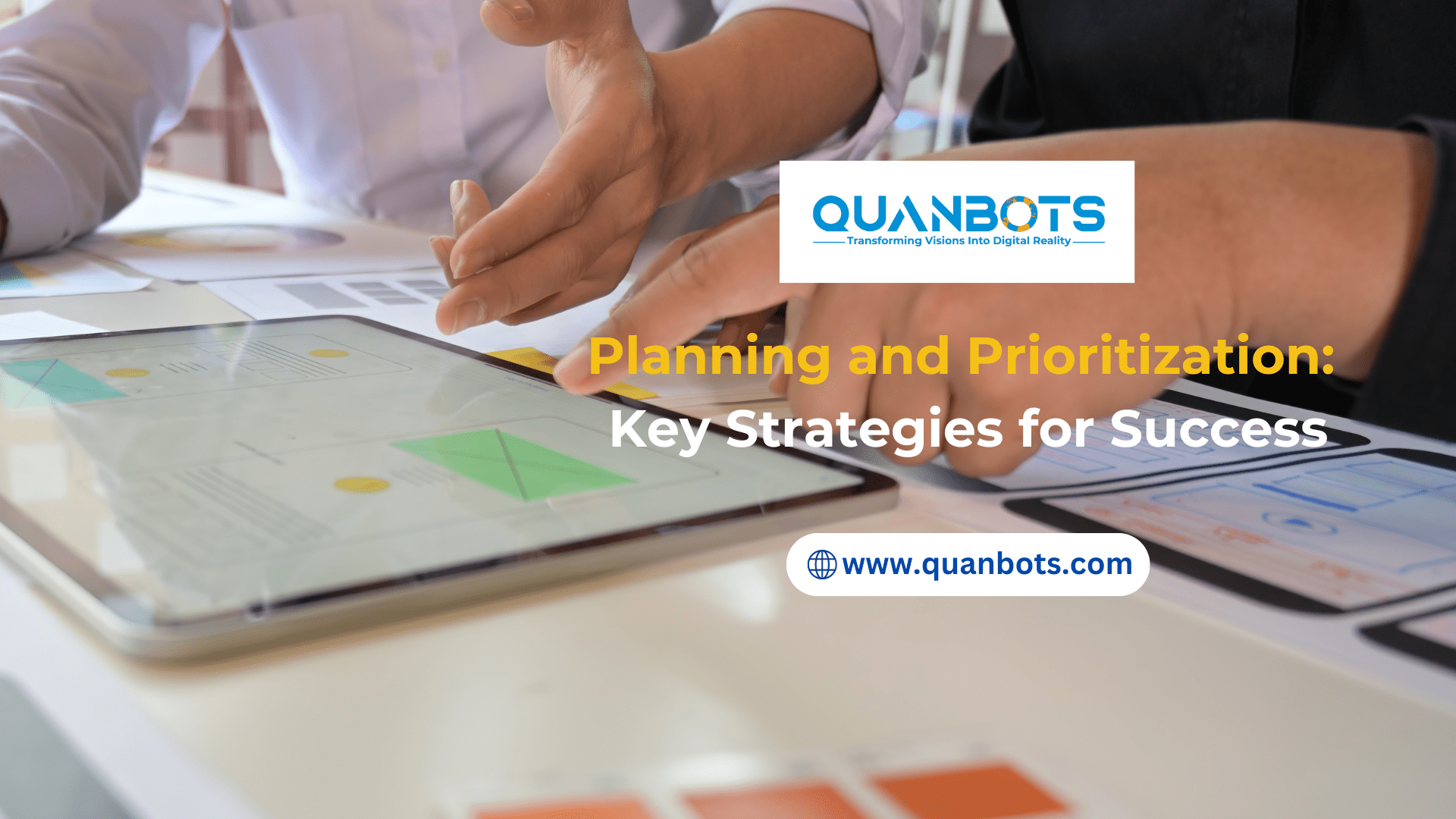Key Steps in Effective Planning
To maximize the benefits of planning, it is essential to follow a structured approach. Here are the key steps involved in effective planning:
1. Defining Clear Objectives
The first step in any planning process is to set clear and achievable goals. These goals should be Specific, Measurable, Achievable, Relevant and Time-bound (SMART). SMART goals provide a clear direction and make it easier to measure progress.
2. Conducting a SWOT Analysis
A SWOT analysis helps in understanding the internal and external factors that can impact the achievement of goals. It involves assessing the Strengths, Weaknesses, Opportunities and Threats related to the project or organization.
Strengths: Identify internal capabilities and resources that can be leveraged.
Weaknesses: Recognize internal limitations and areas for improvement.
Opportunities: Explore external factors that can be utilized to achieve goals.
Threats: Identify external challenges and risks that could hinder progress.
3. Allocating Resources Wisely
Effective resource allocation is crucial for the successful execution of any plan. This involves determining the resources required for the project and ensuring their optimal utilization. Consider factors such as budget, personnel, equipment and time.
4. Developing a Timeline
A realistic timeline is essential for tracking progress and ensuring timely completion of tasks. Break down the project into smaller milestones and set deadlines for each. This helps in maintaining momentum and allows for adjustments if necessary.
5. Regular Review and Adjustment
Planning is not a one-time activity but an ongoing process. Regularly review the plan to ensure it remains relevant and aligned with the goals. Be prepared to make adjustments based on new information or changes in circumstances.

